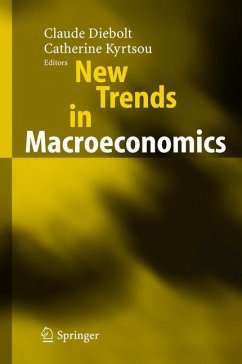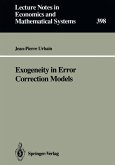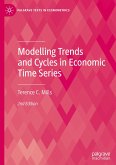That macroeconomic theory and macroeconometrics are, in the near future and more than ever, indispensable tools in the study of economics is no longer a very cont- versial statement. It is now generally agreed that economic theory, combined with historical, statistical and mathematical methods are necessary at the theoretical level, to formulate problems precisely, to draw conclusions from postulates and to gain - sight into workings of complicated processes, and at the applied level, to measure variables, to estimate parameters and to organise the elaborate calculations involved in reaching empirical results. This book is an illustration of the Editors belief in this principle. It offers new insights in macroeconomic analysis. It deals with both theory and empirical results related to the dynamics within the structure of macroeconomic variables as well as between them. More precisely?ve axes are distinguished. There are theoretical and applied works with developments on (1) mechanisms of economic dynamics, (2) structures of macroeconomic variables, and (3) relationships between macroeconomic time series. The book also presents methodologies where (4) linear testing is improved and (5) new non-linear techniques are applied. Turning to the individual contributions now. Benassy' ´ s chapter studies the propagation of macroeconomic shocks using a - namic model with wage and price staggering. He?nds evidence in favour of a p- sistent response of both output and in?ation to monetary shocks.








